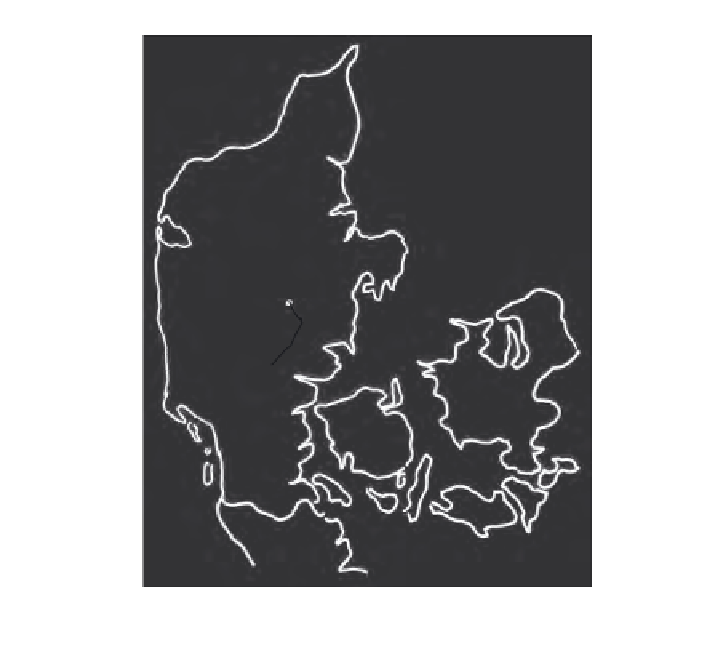Travel Reference
In-Depth Information
requirements of low-carbon tourism, but only if it avoids much of its depend-
ence on motorized travel to access sites and transport canoes. It is important
that industry takes a holistic view. The following case studies provide exam-
ples of low-carbon water-based travel. Both provide excellent examples of
transport as tourism.
Case study: canoe/kayak tours
Canoe tours on the Gudenå River, Denmark
In the Silkeborg region of Denmark, canoe tours of up to five days can be
undertaken along the Gudenå River, from Tørring to Silkeborg (see Figure
9.1). These can be arranged as a package with accommodation at campsites,
inns or hotels, with participants paddling up to 18km per day (Silkeborg
Turistbureau, 2009). Tourist canoeing on the Gudenå River began in 1935,
with canoe rental companies emerging in 1949. There are approximately 14
registered companies which rent canoes, spread fairly evenly along the river.
Canoe rental companies also provide a compulsory permit which permits
access on the river.
There is extensive cooperation between the canoe tour operators and local
accommodation providers, with tourists making overnight stays at campsites
along the river (an additional camping permit is required), in local bed
and breakfast establishments or in hotels. The municipalities (Favrskov,
Silkeborg
Tørring
Figure 9.1
Location of the section of the Gudenå River, Denmark,
where canoe trips take place



